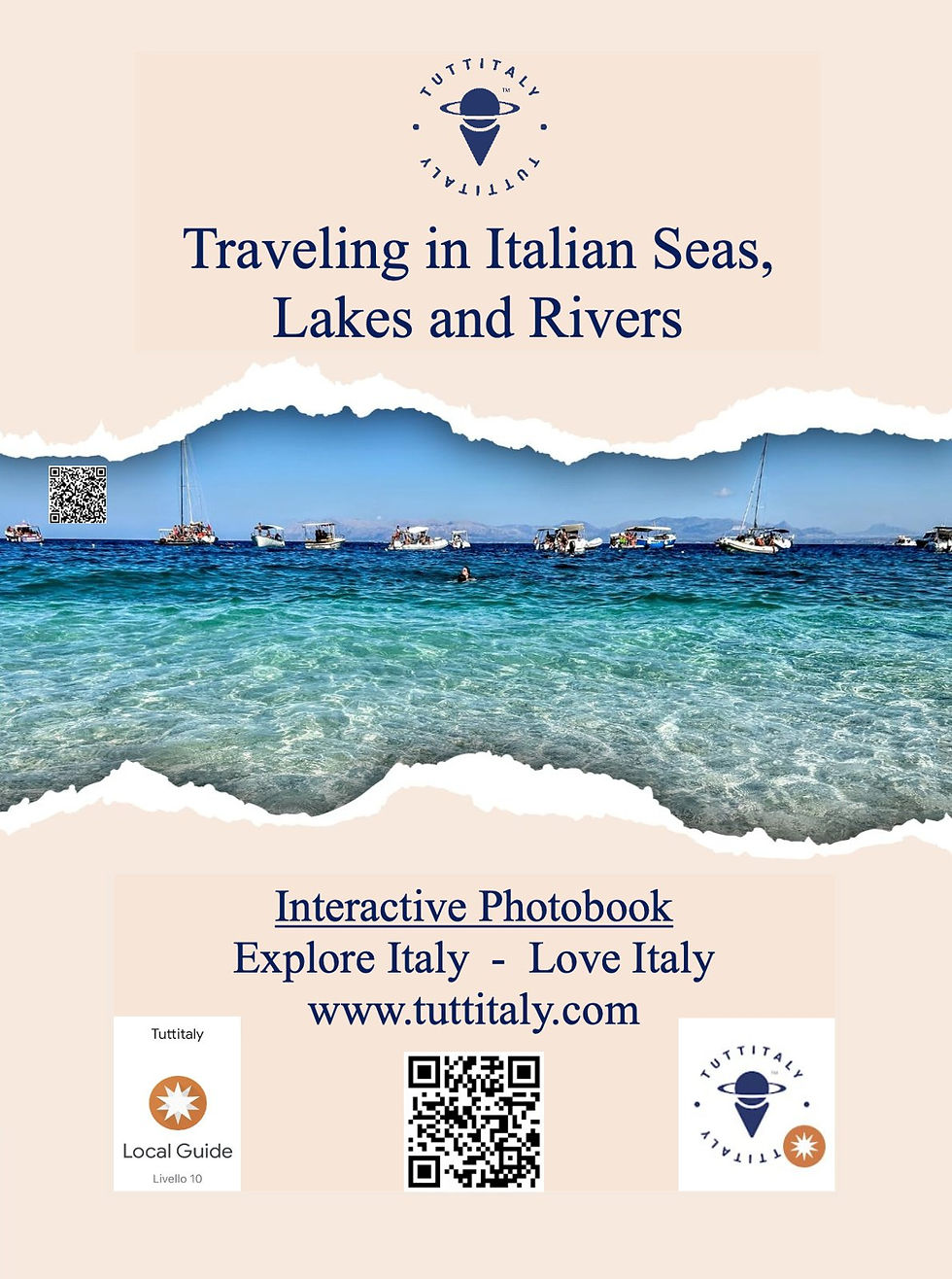The significant Etruscan settlement of Pyrgi developed in the surrounding area, frequented by Greek and Phoenician merchants. Also mentioned by Virgil in the Aeneid... #tuttitaly
Santa Severa is the only hamlet of Santa Marinella and an important seaside tourist center created during the Fascist era, around the 1930s.
The town, located at the foot of the Tolfa Mountains, takes its name from Santa Severa, a young woman martyred in the 2nd century. The inhabited part of the hamlet extends for about 3 km: the medieval castle represents the southern border, while the so-called "grottini" beach represents the northern border.
The fortress divides the beach into two parts: white sand and dark sand, and it seems that the latter is very popular with naturists.
On the same site as the castle of Santa Severa, a coastal village already stood in the Bronze Age, as evidenced by some ceramic findings. Subsequently, the critical Etruscan settlement of Pyrgi developed in the area, the main port of Caere, today's Cerveteri. Virgil mentions the city in the Aeneid.
Greek and Phoenician merchants frequented Pyrgi. Excavations in the city have brought to light the remains of a large sanctuary built a few steps from the shore, including two temples: the largest was dedicated to the Etruscan goddess Uni, assimilated to the Phoenician Astarte, and is datable to the first half of the 5th century BC.; the other temple is older and can be dated to the end of the 6th century BC. In 1964 the gold sheets of Pyrgi were found: they are 20 cm high, dating back to 500 BC, and contain sacred texts in Phoenician and Etruscan.
The archaeological finds from the Etruscan era are exhibited in the Etruscan Museum of Villa Giulia.
Inside the village is the museum of the sea and ancient navigation; the Church of the Assumption with a representation of Mary between the Saints Marinella and Severa; the courtyard of the Barrozze, where you can see large wineskins recovered offshore from an ancient sunken ship.



























Comments